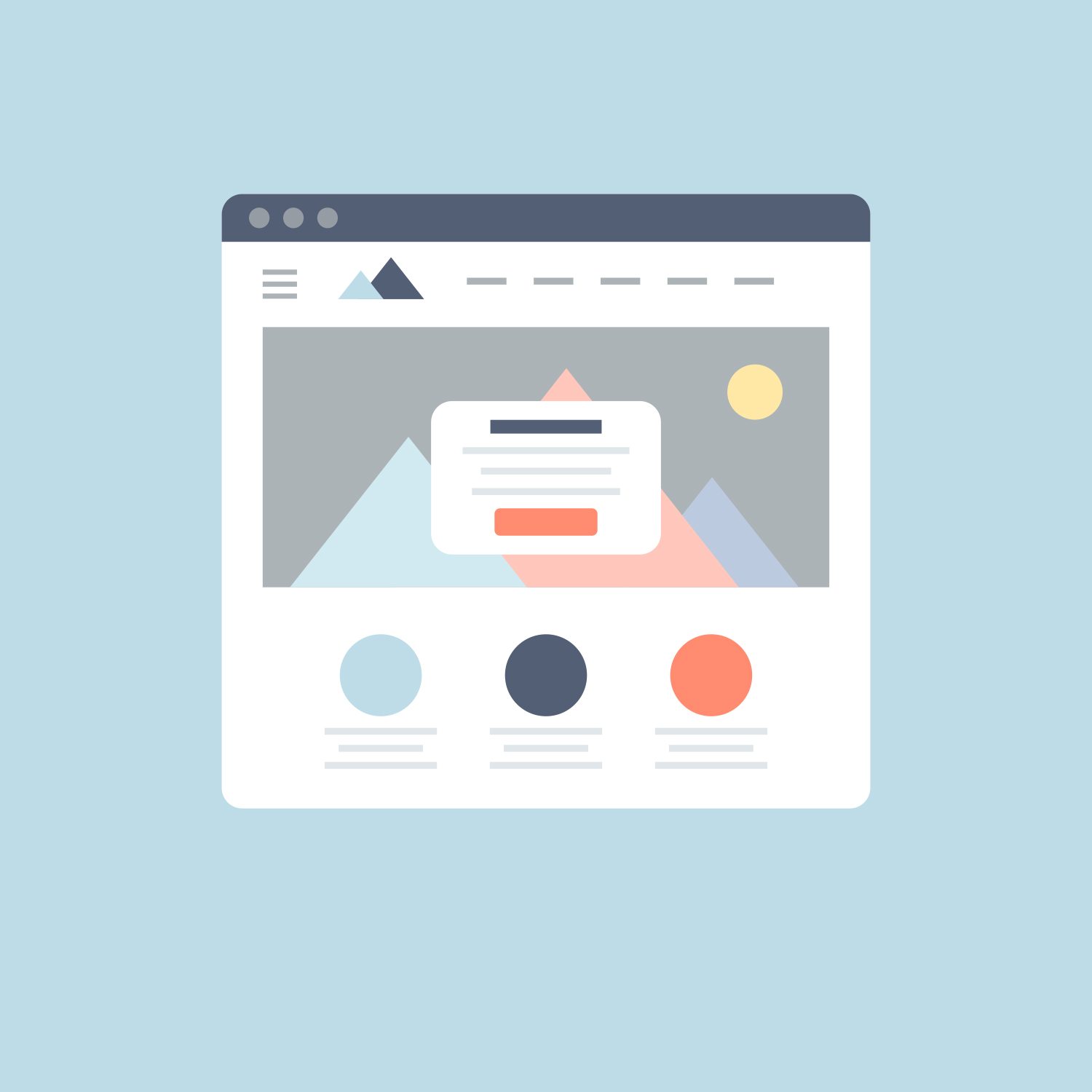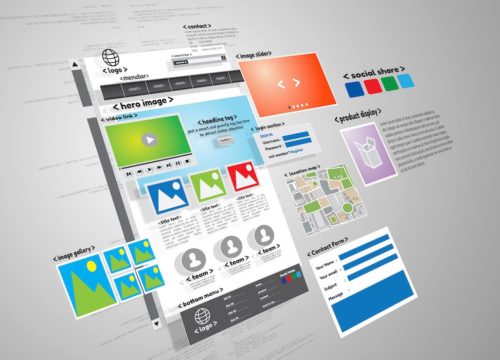What Small Business Website Features Do I Really Need?

Most of the millions of websites on the web are barely noticed. That begs the question: what makes a website attract visitors? Websites that rank high in search engines and turn visitors into clients are built on similar principles. Here are the key website features your must know.
Small Business Website Features
Discover the website features you need below.
Header
First of all, your header should contain your domain name, one that is memorable and simple to type (avoid long names and dashes).
Next, your company logo should be clearly visible, so that users recognize your brand easily. Write your tagline (a catchy phrase about what your business does) below the logo.
In addition to these, provide a navigation bar with links to the main pages of your website.
Next comes a very important element: the call to action. It must stand out from the rest of the page because its purpose is to attract visitors and turn them into leads.
Above the Fold
The upper part of your website, that’s visible when you first land on it, is called “above the fold”. Since it’s what visitors first see when they visit your page (along with the header), what you place on it can keep or scare users away.
First, you should add a single image or a slide containing your company’s essential products or services. Then you can focus on things like testimonials and reviews in the form of text or videos. Make sure the videos are links to YouTube or Vimeo, as you don’t want to upload videos to your web host.
Afterward, if you are a local business, include “Find us” information, like your location, opening hours, and a Google or Bing map.
Below the Fold
Once the essentials are out of the way, it’s time to include things like your product or services and their main features. Write only succinct information about them, since you will probably have separate pages for each product/service. Always include links to your products/services when listing them.
What you add further is largely based on preference. You may want to add some more quality content about your company, such as presentations of your previous work. A section can also be dedicated to the latest entries in your blog or news section.
Footer
The last part of your homepage must include contact information (phone number, location, and email address), business hours, social media buttons, and a newsletter signup form.
More and more businesses are also adding an online chat function, which comes in handy if visitors want to contact you fast.
If there is plenty of content on your site, you could also add another navigation area with links to your “About”, “Contact”, blog, and product/services pages.
Inner Pages
The content on inner pages varies a lot from website to website. You should include only relevant information about your company.
Information may include a showcase of your previous work, case studies, and client stories, as well as individual pages of your products/services.
Your blog is also one of the website features that must be laid out correctly. Add a search function for the blog, social media share buttons, a sidebar displaying other blog posts, and a comment feature (optional).
Other fundamental inner pages include “About us” and “Contact.” The first should contain details about your company, its message, goals, and so on. The latter is usually made up of every possible way visitors can contact you. If you don’t want to disclose your email address, provide a form for users to contact you.
SEO
As far as essential website features go, search engine optimization (SEO) is at the top. There are many ways to improve your SEO and here are some of them:
- Use SEO-friendly URLs
- Start titles with your targeted keywords
- Drop your keyword in the first 100 words
- Use outbound and internal links
- Boost website speed
- Optimize your images
- Responsive design
Security
To protect your website from hacks, ensure that your website meets these security criteria:
- Update your web software
- Install security plugins
- Use a web application firewall
- Use the HTTPS protocol
- Back up your data frequently
Features to Avoid
We’ve talked about the key dos but didn’t cover any don’ts regarding website features. One of the top no-nos of web design is adding Flash elements – this is an obsolete technology. Also, avoid background music as most people find it annoying.
For Small Business Website Design and Development, Bright Pink Agency Is Here to Help
These technical aspects are the bread and butter of any website. Integrate them into your site and you’ll have the edge over your competition. Want to know more about web design? Check out the truth behind seven common web design myths.
And if you need help figuring out what your website should look like and how it will function, we can help. Our agency has been helping businesses of all sizes, including franchises, for over a decade to achieve their business goals and thrive in their industry.



![The Ultimate Small Business Digital Marketing Guide [2024]](https://brightpinkagency.com/wp-content/uploads/2016/11/digital-marketing-standards-2017.jpg)



